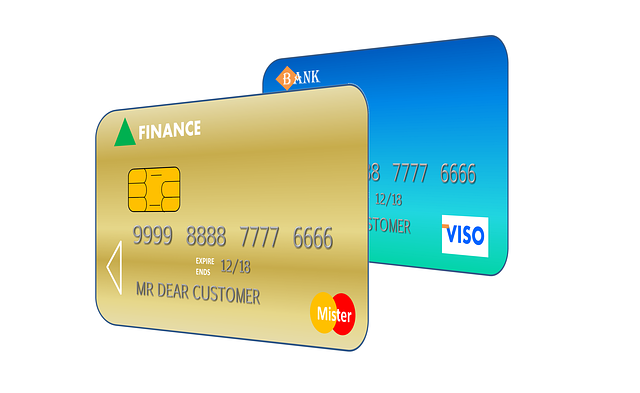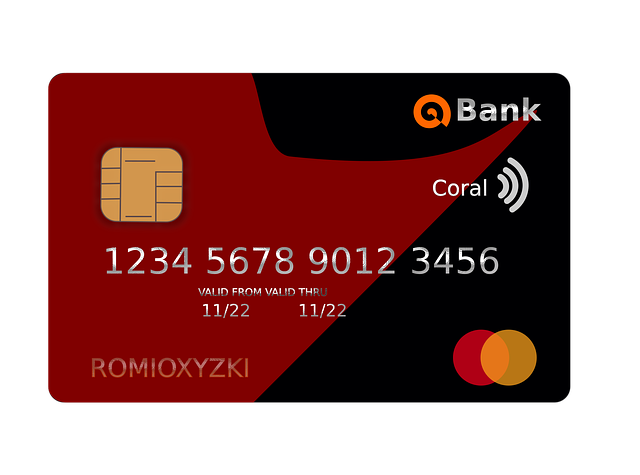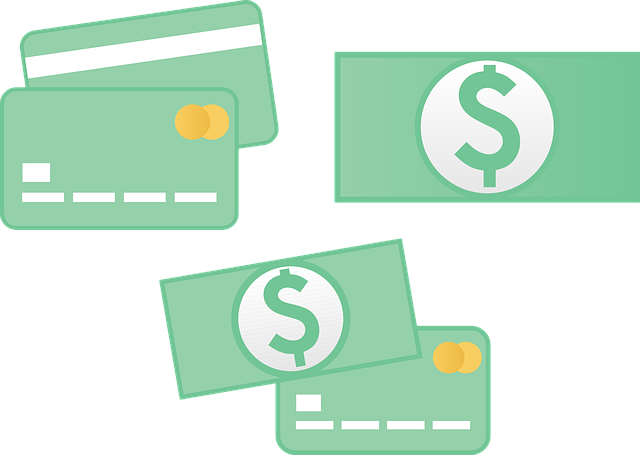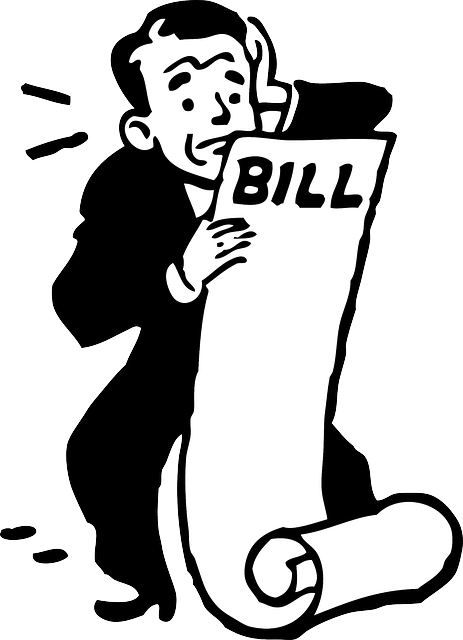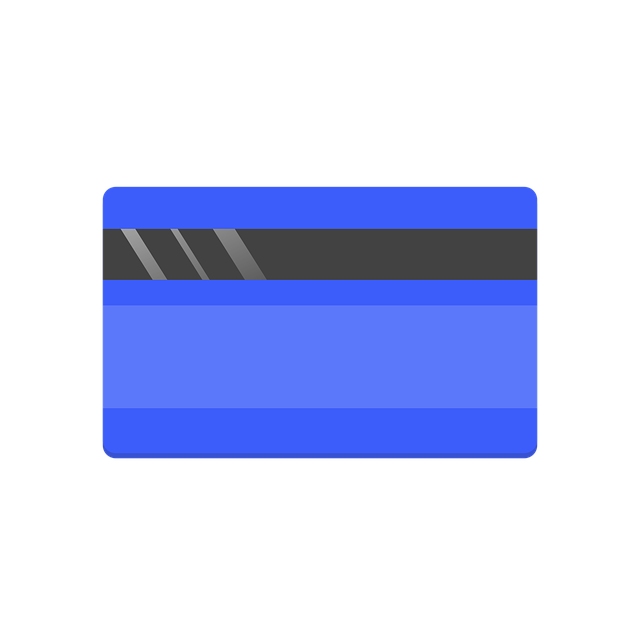For individuals burdened by high-interest credit card debt, especially low-income earners and seniors, credit card debt consolidation offers a strategic solution. This involves combining multiple debts into one loan with lower rates, simplifying repayment, and freeing up cash flow. Options include consolidation loans for urgent needs and debt management plans, guided by financial advisors, which negotiate lower rates and fees. Both approaches provide relief from high-interest credit card debt, leading to financial stability through tailored, structured repayment plans.
“Can low-income earners find debt relief? In today’s economic landscape, many face mounting credit card debt, especially with high-interest rates. This article navigates the complex world of debt solutions tailored for low-income individuals. We explore options like credit card debt consolidation, a popular choice for managing high-interest debt. Additionally, we delve into debt management plans offering step-by-step guidance and fast consolidation methods against traditional loans. Understanding these strategies is crucial for those seeking financial freedom from the burden of credit card debt.”
- Understanding Debt Relief Options for Low-Income Earners
- Credit Card Debt Consolidation: A Viable Solution?
- Exploring High-Interest Credit Card Debt Relief Strategies
- Debt Management Plans: A Step-by-Step Guide for Credit Cards
- Fast Consolidation vs. Loans: Which is Best for Your Financial Situation?
Understanding Debt Relief Options for Low-Income Earners

For low-income earners struggling with debt, understanding available relief options is a crucial first step. One popular approach is credit card debt consolidation, which involves combining multiple high-interest credit card debts into one loan with a lower interest rate. This strategy can significantly reduce monthly payments and help individuals gain control over their finances. There are various methods to achieve consolidation, including debt management plans for credit cards that work with creditors to restructure payment terms without taking on new debt.
Additionally, credit card debt consolidation loans provide a lump-sum payment to settle existing debts, offering the advantage of faster relief and potentially lower overall interest paid. Such options are especially beneficial for seniors or anyone burdened by high-interest credit card debt. While each person’s financial situation is unique, exploring these debt relief strategies can open doors to more manageable monthly payments and a path towards financial stability.
Credit Card Debt Consolidation: A Viable Solution?

For many low-income earners struggling with credit card debt, consolidation could be a viable solution to gain financial control. Credit card debt consolidation involves combining multiple high-interest credit card debts into one loan with a lower interest rate, making repayment more manageable. This strategy can be particularly beneficial for seniors and other low-income individuals who often carry high-interest credit card debt due to limited savings or unexpected expenses.
By consolidating credit card debt, individuals can reduce their monthly payments and free up extra cash flow. Fast consolidation loans can help those in urgent need of debt relief get out of debt quicker. Additionally, debt management plans for credit cards, which involve working with a financial advisor to create a repayment strategy, can also offer high-interest credit card debt relief. These plans often include negotiating lower interest rates and fees, providing a more sustainable path to financial stability.
Exploring High-Interest Credit Card Debt Relief Strategies
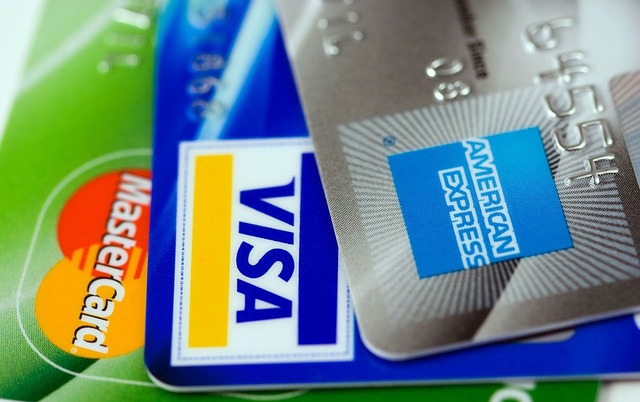
For low-income earners grappling with high-interest credit card debt, exploring strategic relief options is a crucial step towards financial freedom. One popular method is credit card debt consolidation, which involves combining multiple high-interest cards into a single loan with a lower interest rate. This not only simplifies payment management but significantly reduces the overall cost of debt over time. Several options are available, including credit card debt consolidation loans that can be used to pay off existing debts and provide a fresh financial start.
Additionally, debt management plans for credit cards offer a structured approach to repayment by working with creditors to negotiate lower interest rates and fees. These plans often include setting up affordable monthly payments based on individual income levels. Seniors and other low-income individuals can benefit from tailored programs designed to meet their specific financial needs, providing much-needed relief from the burden of high-interest credit card debt relief.
Debt Management Plans: A Step-by-Step Guide for Credit Cards
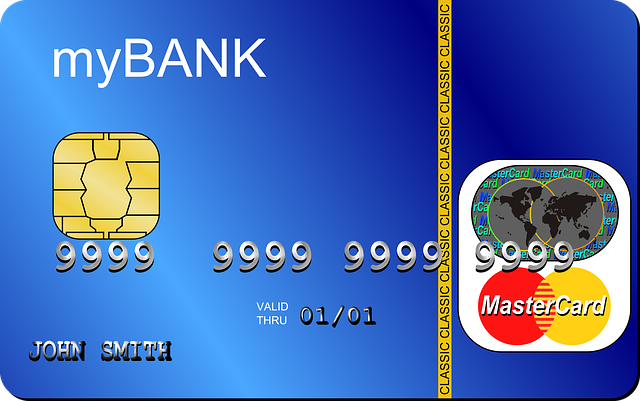
Many low-income earners struggle with credit card debt, often due to high-interest rates and unexpected financial setbacks. However, there’s hope through Debt Management Plans (DMPs), a structured approach designed to help individuals consolidate and relieve their credit card debt. Here’s a step-by-step guide:
1. Assess Your Financial Situation: Start by understanding your current debt load, interest rates, and minimum payments for each credit card. This clarity will help you determine the best consolidation strategy.
2. Choose a Debt Management Plan: DMPs typically involve working with a non-profit credit counseling agency that negotiates with creditors on your behalf. They may offer various repayment plans, focusing on either paying off the debt quickly (often through a consolidation loan) or managing it over an extended period with lower monthly payments.
3. Create a Budget: A crucial step is developing a realistic budget that aligns with your income and necessary expenses. This ensures you can make consistent payments without causing further financial strain.
4. Negotiate with Creditors: The credit counseling agency will communicate with your creditors to agree on reduced interest rates or fees, which can significantly lower the overall cost of repayment.
5. Start Repayment: With a manageable budget and negotiated terms, you’ll begin making fixed payments towards your consolidated debt. This provides relief from high-interest charges and helps you regain control over finances.
Fast Consolidation vs. Loans: Which is Best for Your Financial Situation?

When facing substantial credit card debt, many low-income earners wonder about their options for relief. Two common approaches include credit card debt consolidation and credit card debt consolidation loans. Both methods aim to simplify repayment by combining multiple debts into one, but they cater to different financial needs.
For those seeking quicker relief from high-interest credit card debt, a fast consolidation option might be ideal. This method typically involves taking out a new loan with a lower interest rate, paying off all existing credit card balances, and enjoying reduced monthly payments. While this can provide immediate financial breathing room, it’s crucial to consider the terms of the loan, including its duration and potential hidden fees. On the other hand, debt management plans for credit cards, often available through non-profit organizations, offer a more gradual approach by negotiating lower interest rates with creditors and structuring personalized repayment plans. This method might be better suited for seniors or individuals with less urgent financial needs.
For low-income earners grappling with credit card debt, various relief options exist. From consolidation loans that can provide a fresh start to debt management plans offering structured repayment, there’s a solution for every financial journey. While high-interest debt relief strategies are crucial for reducing strain, understanding one’s unique circumstances is key. With the right approach, whether it’s fast consolidation or a tailored debt management plan, low-income individuals can take control of their finances and achieve meaningful credit card debt relief.







